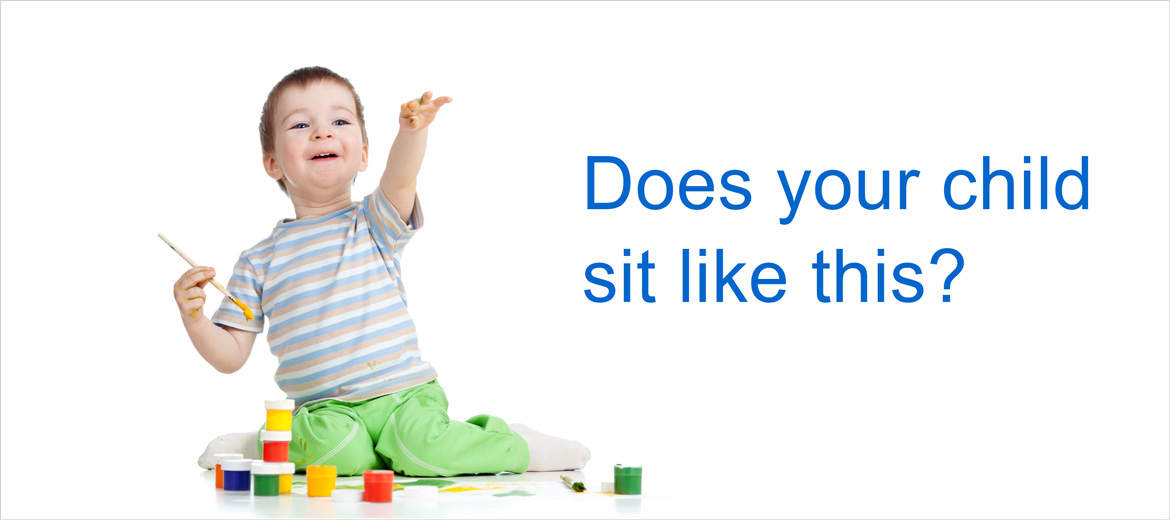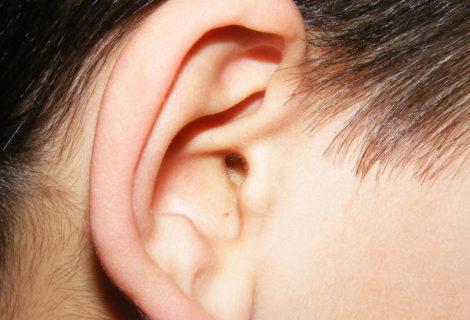Is your child “W”-sitting? Should you be concerned?
W-sitting is when your child sits on their bottom with their knees bent, so their legs are splayed out on either side of their body, which looks like a “W” from above.
When your child sits in this way, their base of support is wider and their centre of gravity is lower, increasing stability through their hips and trunk which makes it easier for them to play because they don’t have to use their muscles to stay balanced.
As a parent, you should be concerned if this is your child’s preferred sitting position and you notice them sitting this way all the time.
So what’s wrong with W-sitting?
Constant W-sitting may result in your child experiencing developmental delays of fine and gross motor skills, poor co-ordination and balance, or delayed physical development in their muscles & joints.
By sitting in this position all the time, they don’t get to shift their weight from side to side, or achieve active rotation through their body. When your child is rotating their trunk and shifting their body weight around, they are developing balance reactions which they need as they grow. This allows your child to maintain balance while running or playing on the playground. The ability of your child to play from left to right and vice-versa helps them develop their ability to cross the midline which is very important for developing handwriting skills. Continued W-sitting may result in delayed bilateral co-ordination, which is the ability to effectively use both sides of the body together. If this is not developed as your child continues to grow, you may notice delays in skills such as skipping, throwing and kicking.
A prolonged period of W-sitting also puts unnecessary stress on your child’s developing hip and knee joints. Sitting in this position for excessive periods of time may lead to the shortening or tightening of your child’s hip, knee and leg muscles and potentially weaken their developing core or trunk muscles. This may lead to “pigeon-toed” walking, and could increase your child’s chance of back or pelvic pain as they grow.
One study also suggests that W-sitting as a pre-schooler may increase the likelihood of a child becoming flat-footed on both feet (European Journal of Paediatrics, Chen KD, 2010).
If you notice your child frequently moving in and out of W-sitting then you don’t need to be worried. However, if you notice that your child always sits in this way, you will need to encourage and remind them to sit in other ways. If your child struggles to sit in any other way other than W-sitting, please consider making an appointment with one of our osteopaths for an examination and assessment.









